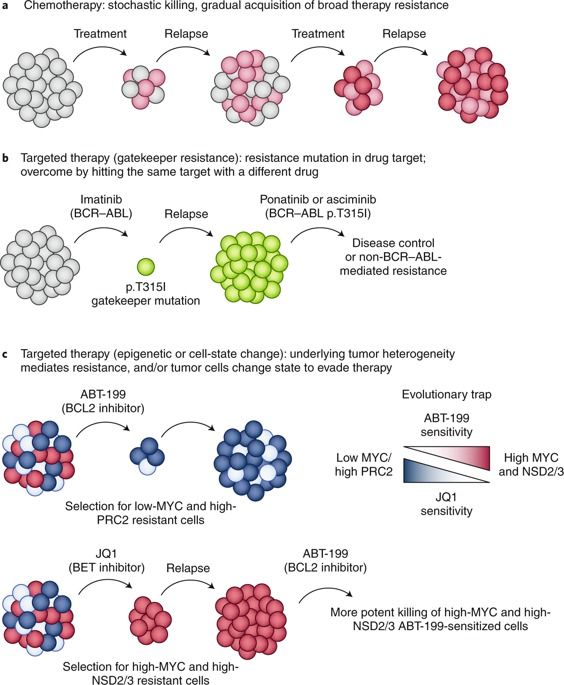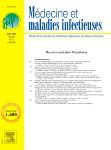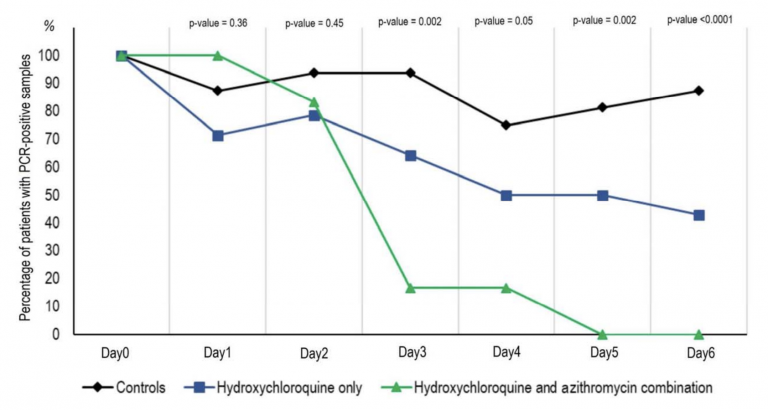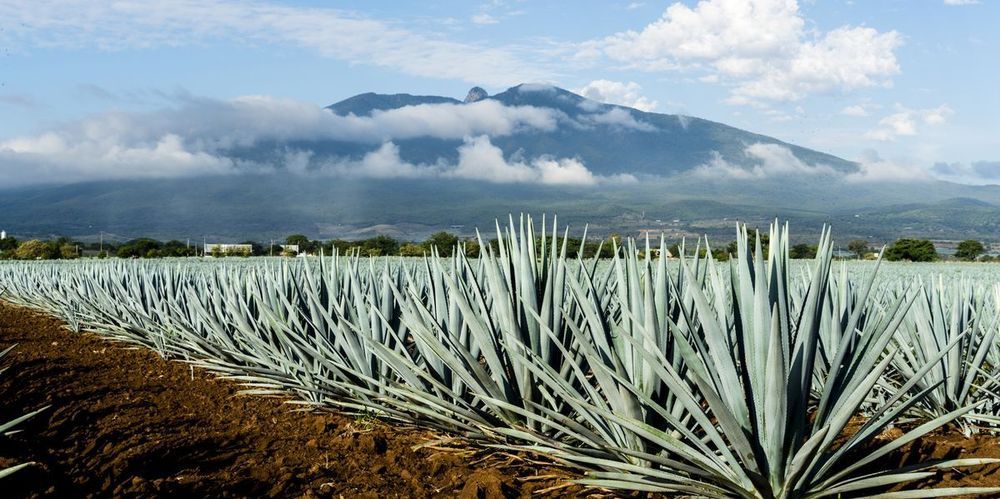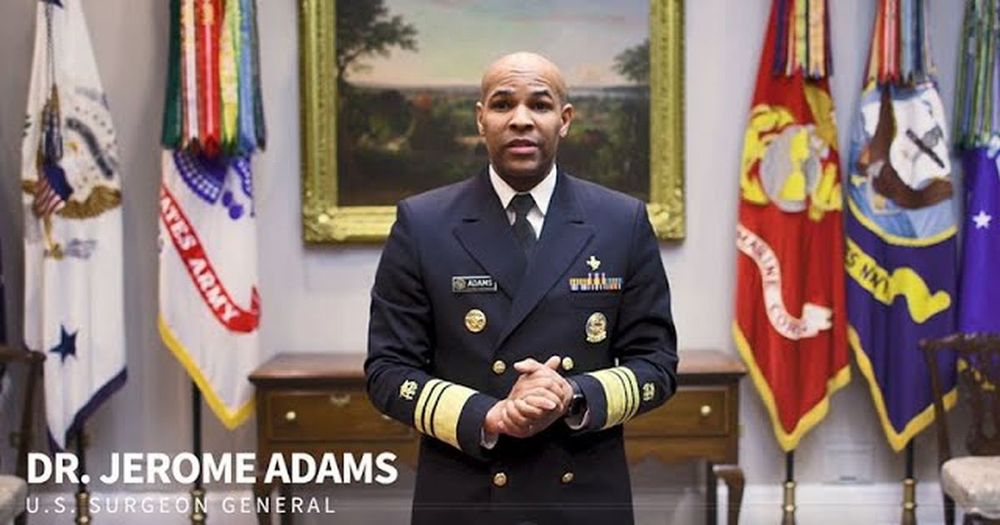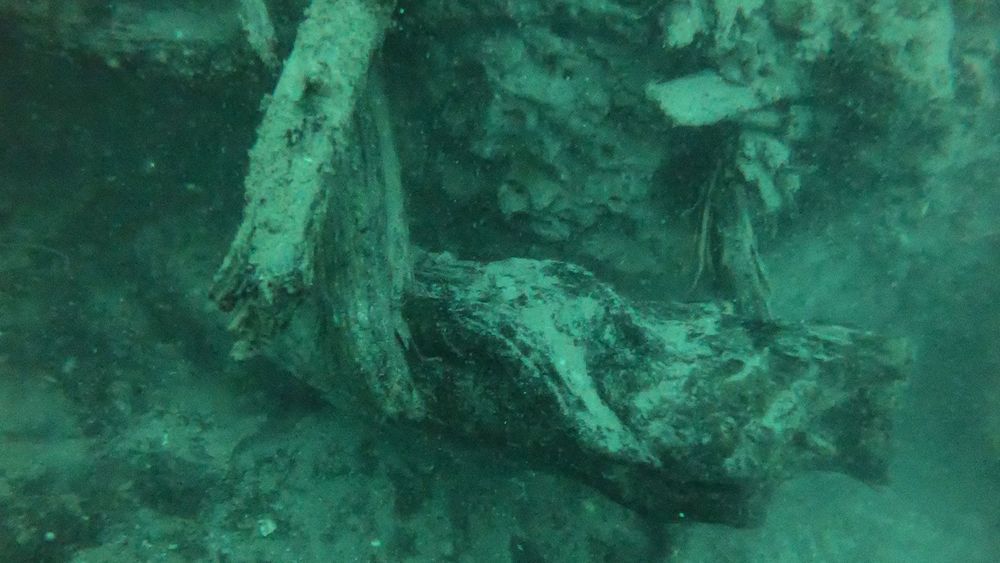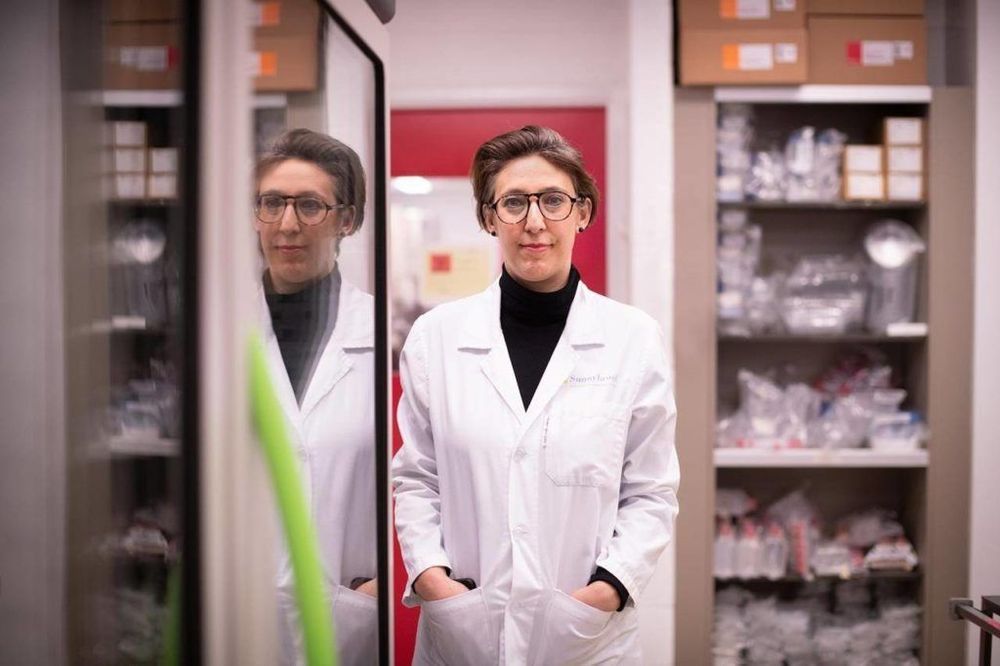Cancer cells have the extraordinary evolutionary potential to adapt and acquire resistance to most conventional and targeted therapies. In a new study, Lin et al., develop a systematic approach to identify combination therapies that produce cancer traps, in which evading the first drug makes the cancer vulnerable to the second.
In addition to self isolation, widespread testing to identify asymptomatic spreaders is needed. YaleNews:
The conclusion of a new Yale-led study is clear: Without dramatic action, there won’t be enough beds for the sickest COVID-19 patients.
Massachusetts Institute of Technology engineers have developed a robot that plays Jenga using technology they say could be used to assemble consumer products or separate recycling.
We use cookies to help provide and enhance our service and tailor content and ads. By continuing you agree to the use of cookies.
Copyright © 2020 Elsevier B.V. or its licensors or contributors. ScienceDirect ® is a registered trademark of Elsevier B.V.
ScienceDirect ® is a registered trademark of Elsevier B.V.
This is the latest Lifeboat Foundation update on our worldwide pandemic.
It is also at https://www.facebook.com/groups/lifeboatfoundation/permalink/10158811699298455.
Key summary of this report:
- Hydroxychloroquine, azithromycin, zinc sulfate, and massive amounts of vitamin C taken intravenously should reduce your chance of death by about 50% and any hospital stays should be reduced by 50% as well. (Freeing up ventilators.) This treatment should be begun within 5 days of getting coronavirus symptoms.
- Wearing any type of mask should reduce the chance of transmitting the virus by 50%. You can reuse a mask by placing it in an oven at 170℉/77℃ for 30 minutes.
- Taking 2,000 IU per day of vitamin D should reduce your chance of infection by 50%.
- Social distancing should reduce the rate of infection by 50%.
- Ventilators are being overhyped by the media and you should take steps to avoid being put on them since they are associated with up to 80% death rates.
Following these four recommendations should improve everyone’s chances by a factor of 16 and get this pandemic under control. (All percentages are approximate, of course.) Such recommendations would bring the end to our extreme quarantines.
VENTILATORS
Ventilators can be shared in an emergency by 2 to 8 patients each. Simply sharing with 2 people plus following our four recommendations will increase the overall ventilator supply by a factor of 32. Learn more at https://www.nytimes.com/2020/03/26/health/coronavirus-ventilator-sharing.html.
Patients are experiencing death rates as high as 80% on ventilators as discussed at https://time.com/5818547/ventilators-coronavirus. (50% is the best death rate being recorded anywhere.)
Scientists in Australia think hardy agave plants could be the next big biofuel source. In addition, the bioethanol produced from the plants could help fill unprecedented global demand for hand sanitizer.
Don’t despair: In just 45 seconds, U.S. Surgeon General Dr. Jerome Adams demonstrates how to make your own cloth facemask.
It’s lo-tech. You can use a T-shirt, hand towel, or bandana. The only other thing you need is rubber bands.
The CDC now recommends wearing cloth face masks in public places where it’s difficult to social distance from others — meaning staying at least six feet away.
Scientists have found an ancient submarine forest of bald cypress trees entombed in Mobile Bay off the coast of Alabama.
According to the National Oceanic and Atmospheric Administration (NOAA), the forest flourished on the banks of a prehistoric river near the Gulf of Mexico nearly 60,000 years ago. When the trees died, their massive trunks became entombed in peat and sediment. Eventually, sea levels rose, the coastline receded, and the remains of these ancient trees were buried by the sea. The forest was preserved, undisturbed for millennia, until recent intensifying storms along the coast began to expose it.
Earlier this week, NOAA shared a video of the incredible site (below), showing it teeming with schools of fish.
The ongoing fight against the COVID-19 pandemic could get a boost if Canadians paid more attention to the relative humidity levels in public and private spaces, according to a growing body of international research.
Doctors, scientists and engineers agree that sufficient indoor air moisture levels can have a powerful but little-understood effect on the transmission of airborne diseases. While the novel coronavirus that causes COVID-19 is currently treated as one that’s transmitted through droplet infection rather than the air, research on exactly how it passes between humans is still underway.
Most buildings, however, fall short of the recommended threshold of 40 to 60 per cent relative humidity, particularly in countries with colder, dryer climates such as Canada.
